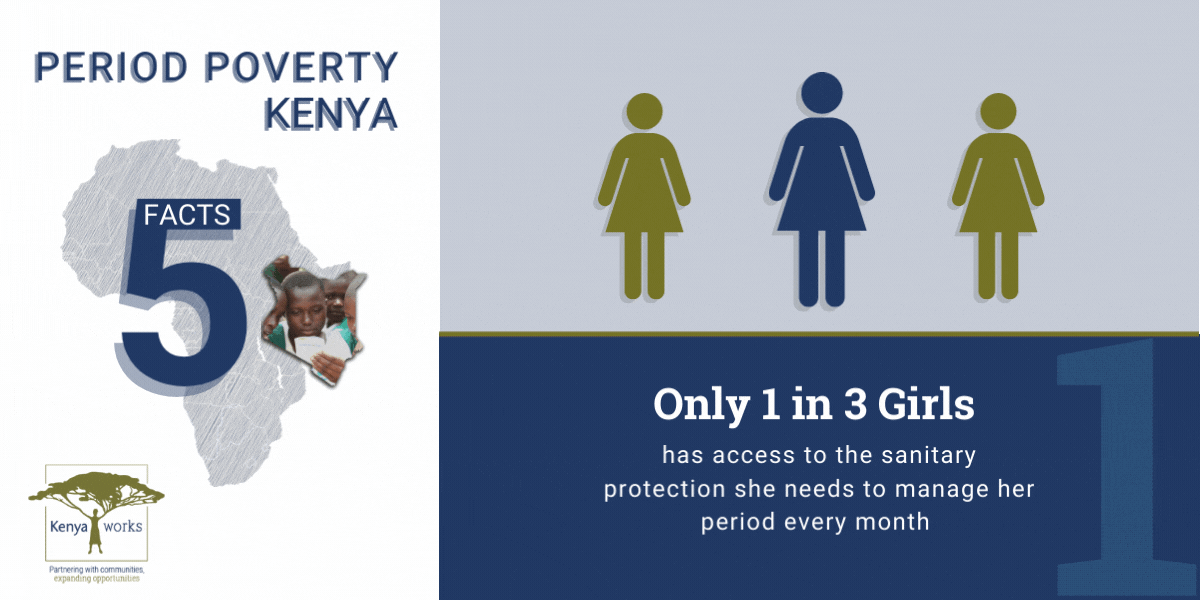
Period Poverty
Period poverty in Kenya refers to the widespread inability of girls and women to access affordable menstrual hygiene products, adequate sanitation facilities, and menstrual health education. This issue is deeply intertwined with poverty, gender inequality, and social stigma, and it has significant consequences for health, education, and overall well-being.
Adolescent girls are also at high risk of life-changing violations, including forced early marriage, female genital mutilation, sexual and gender-based violence and unwanted pregnancy.
Key Facts and Statistics
-
Lack of Access to Sanitary Products: Approximately 65% of girls and women in Kenya cannot afford sanitary pads, forcing many to use improvised alternatives such as rags, tissue, or pieces of mattress, which are often unhygienic and unsafe.
-
Missed Education: Nearly one million school-age girls miss an average of four school days per month due to menstruation and lack of access to menstrual products, which undermines their educational attainment and future opportunities.
-
Health and Safety Risks: The use of unsafe alternatives and lack of proper sanitation facilities increase the risk of infections and other health complications.
-
Stigma and Taboos: Menstruation is surrounded by stigma and taboos in many Kenyan communities. Girls and women are often deemed impure, excluded from daily activities, and discouraged from discussing menstruation, which perpetuates a culture of silence and misinformation.
-
Vulnerable Behaviors: In extreme cases, girls may engage in transactional sex to afford sanitary pads, exposing them to further health and social risks, including unwanted pregnancies and school dropout.